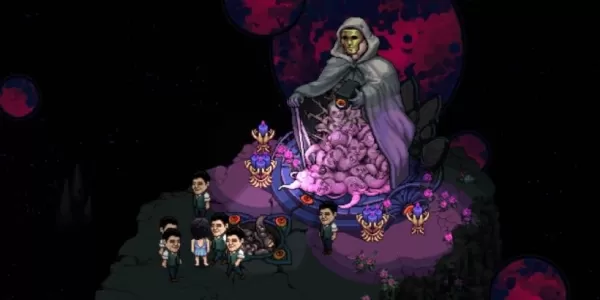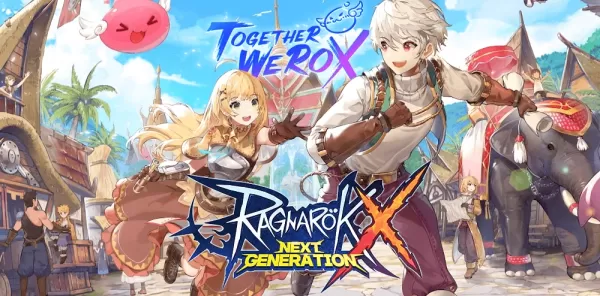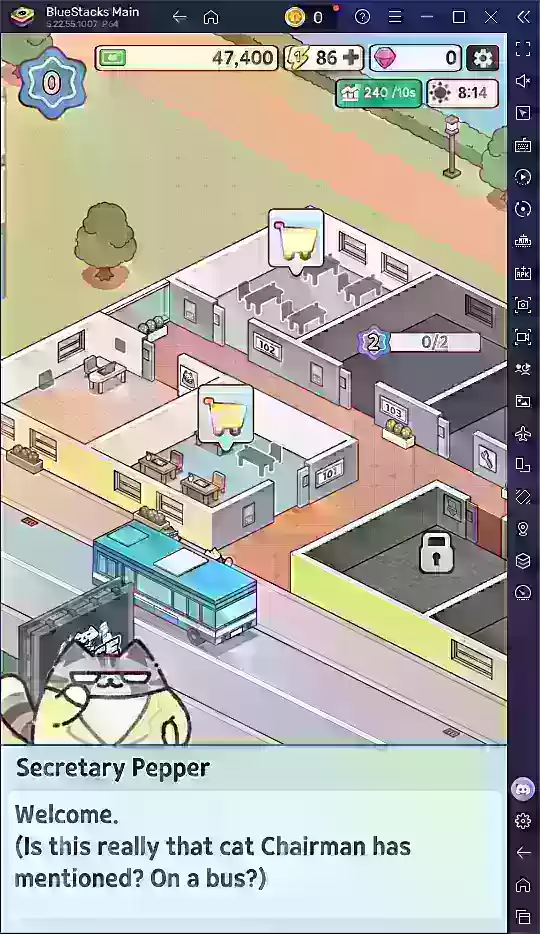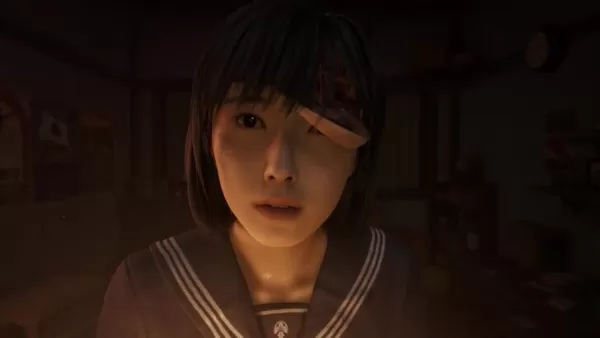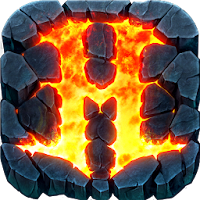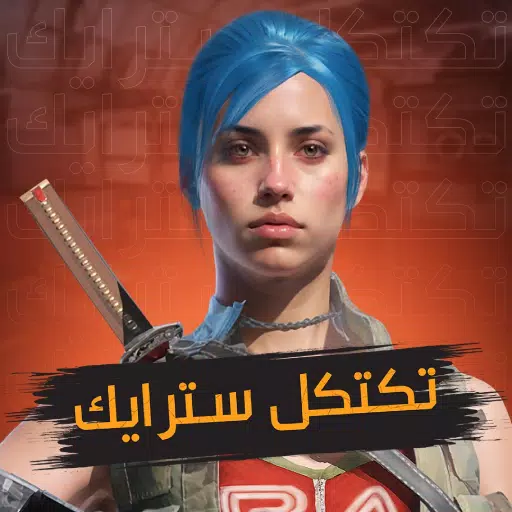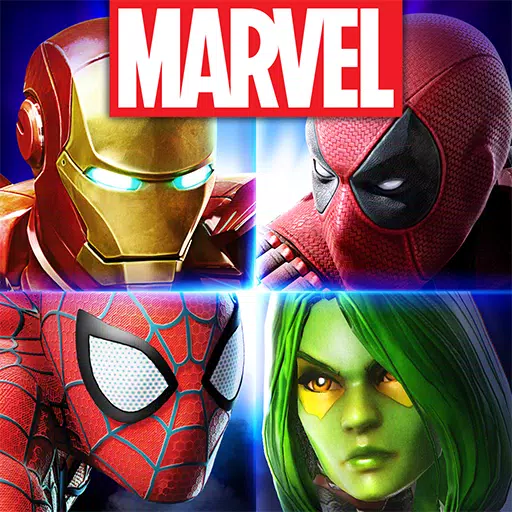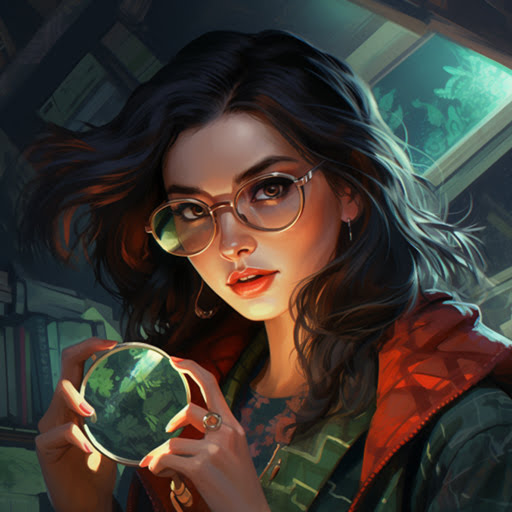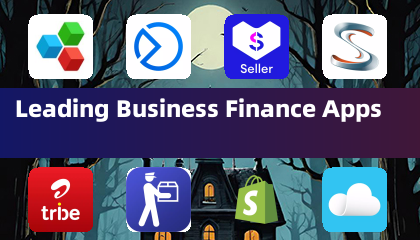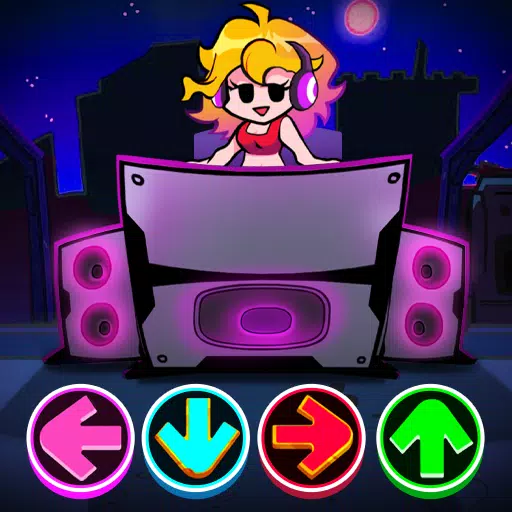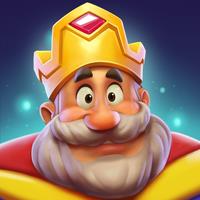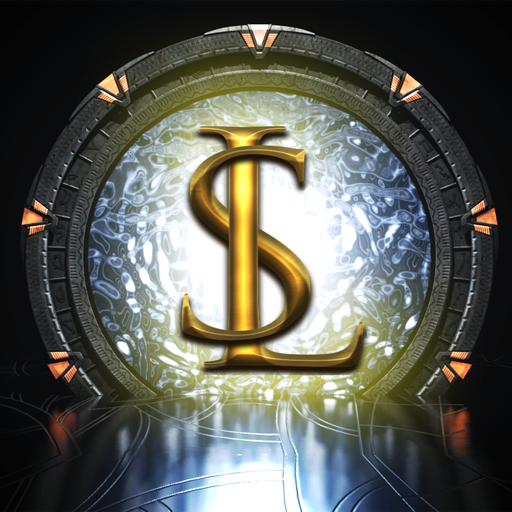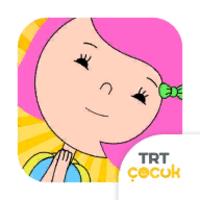The animated adaptation of Robert Kirkman's "Invincible" on Amazon Prime has revitalized interest in this gripping comic universe, known for its intense action, nuanced characters, and ethically complex narratives. The series has quickly garnered a dedicated following, but translating such a rich and expansive storyline to the screen naturally involves changes, some subtle and others more pronounced. In this article, we delve into the major differences between the animated series and the comics, dissect the reasons behind the third season's underwhelming reception, and consider how these adaptations affect the overarching narrative.
Table of Contents:
- From Page to Screen: Key Differences Between the Animated Series and Comics
- Mark Grayson’s Journey: Compression vs. Gradual Growth
- Supporting Cast Dynamics: Who Gets More Screen Time?
- Antagonists: Simplified Motivations for Pacing
- Action Sequences: Enhanced Visuals and Choreography
- Thematic Exploration: Emphasis on Morality and Legacy
- Season 3 Critique: Why the Magic Fades
- Repetitive Storylines: Treading Familiar Ground
- Cecil's Subplot: A Missed Opportunity
- Lackluster Action: Where Did the Spark Go?
- Slow Start: Building Momentum Too Late
- Balancing Adaptation and Innovation
- Why Fans Should Still Watch (Read With Caution)
From Page to Screen: Key Differences Between the Animated Series and Comics
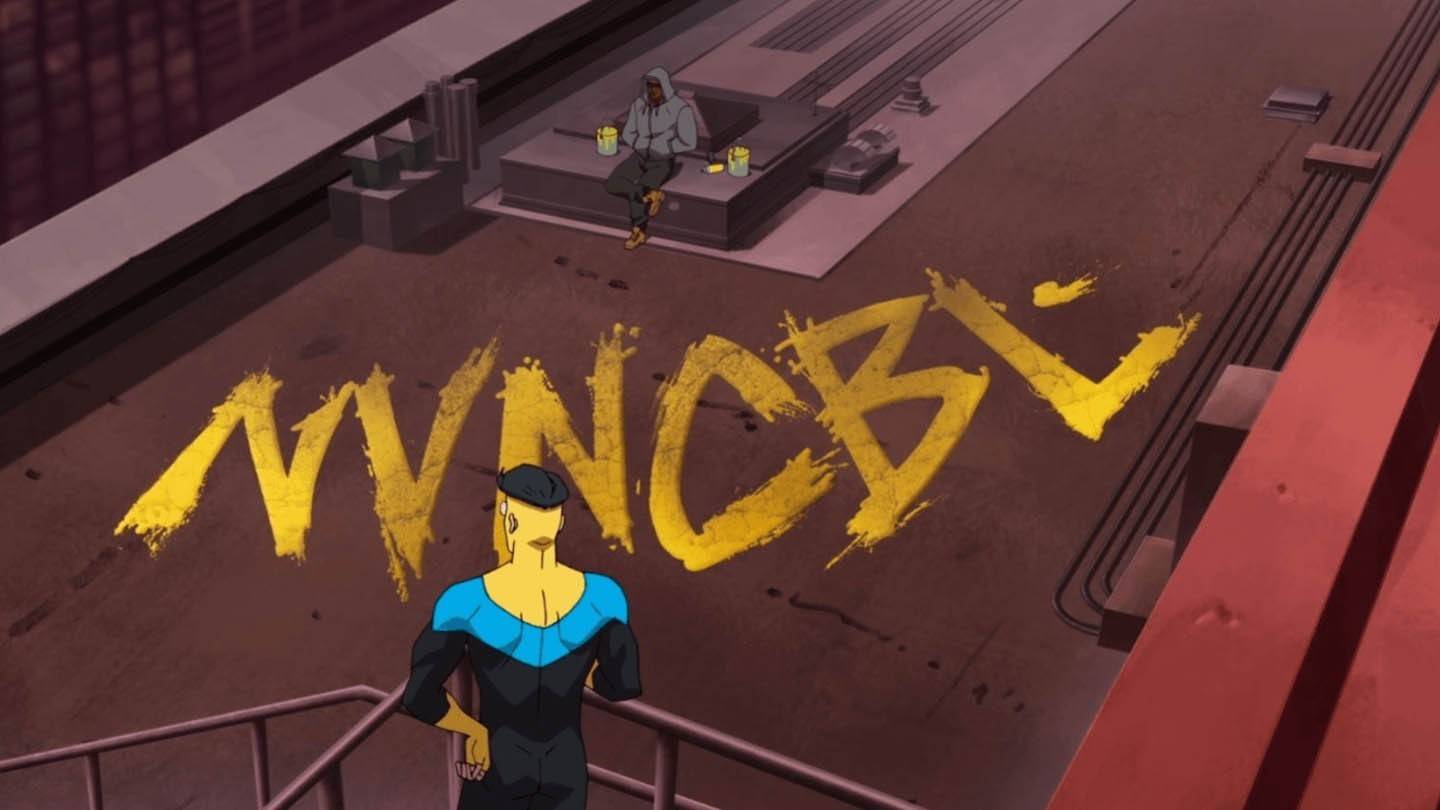 Image: amazon.com
Image: amazon.com
Adapting "Invincible" from comic to animated series required significant adjustments to fit the television format. These changes impact the storytelling and character development in various ways, offering both new insights and potential drawbacks for fans of the original material.
Mark Grayson’s Journey: Compression vs. Gradual Growth
The portrayal of Mark Grayson, the series' protagonist, showcases one of the most notable differences. In the comics, his journey to becoming a superhero is a prolonged process, allowing readers to witness his gradual discovery of his powers and his struggle with the moral complexities of heroism. This slow development deepens his character arc and the challenges he encounters.
Conversely, the animated series accelerates Mark's transformation, infusing his journey with urgency. While this approach keeps viewers engaged, it might leave some fans feeling that certain aspects of his growth are rushed, sacrificing depth for pace.
Supporting Cast Dynamics: Who Gets More Screen Time?
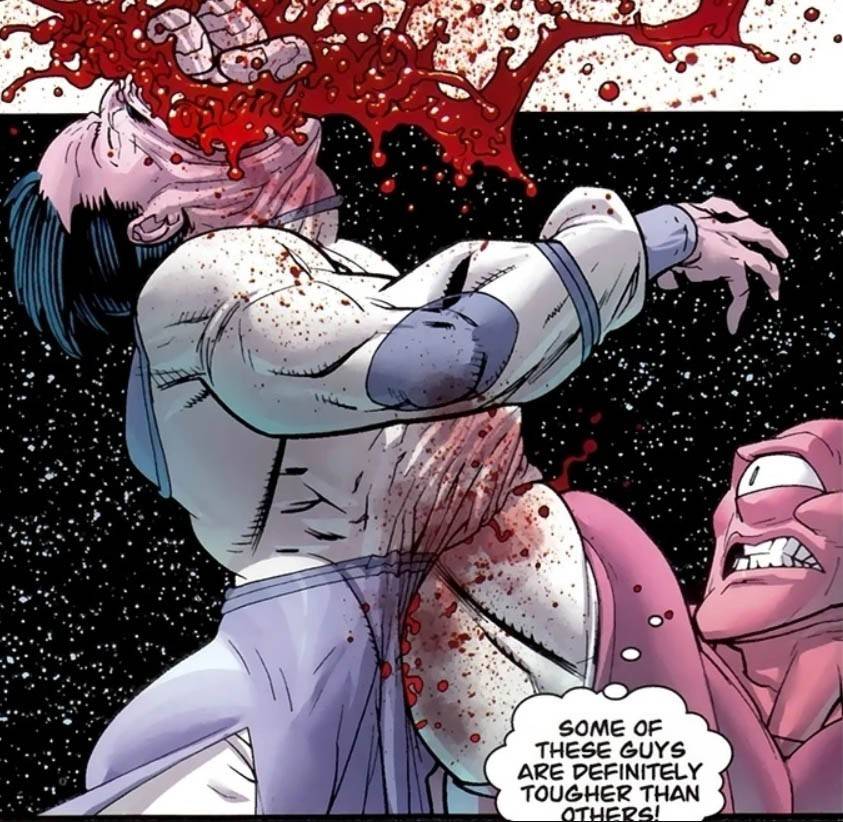 Image: amazon.com
Image: amazon.com
The transition from comics to screen also reshapes the roles of supporting characters. Some, like Allen the Alien, gain more prominence, enriching the narrative with humor and broader universe insights. This shift helps balance the series' often grim tone.
However, characters such as Battle Beast receive less attention, which might disappoint fans who appreciated their roles in the comics. These adjustments are strategic, aimed at streamlining the storyline and appealing to a broader audience.
Antagonists: Simplified Motivations for Pacing
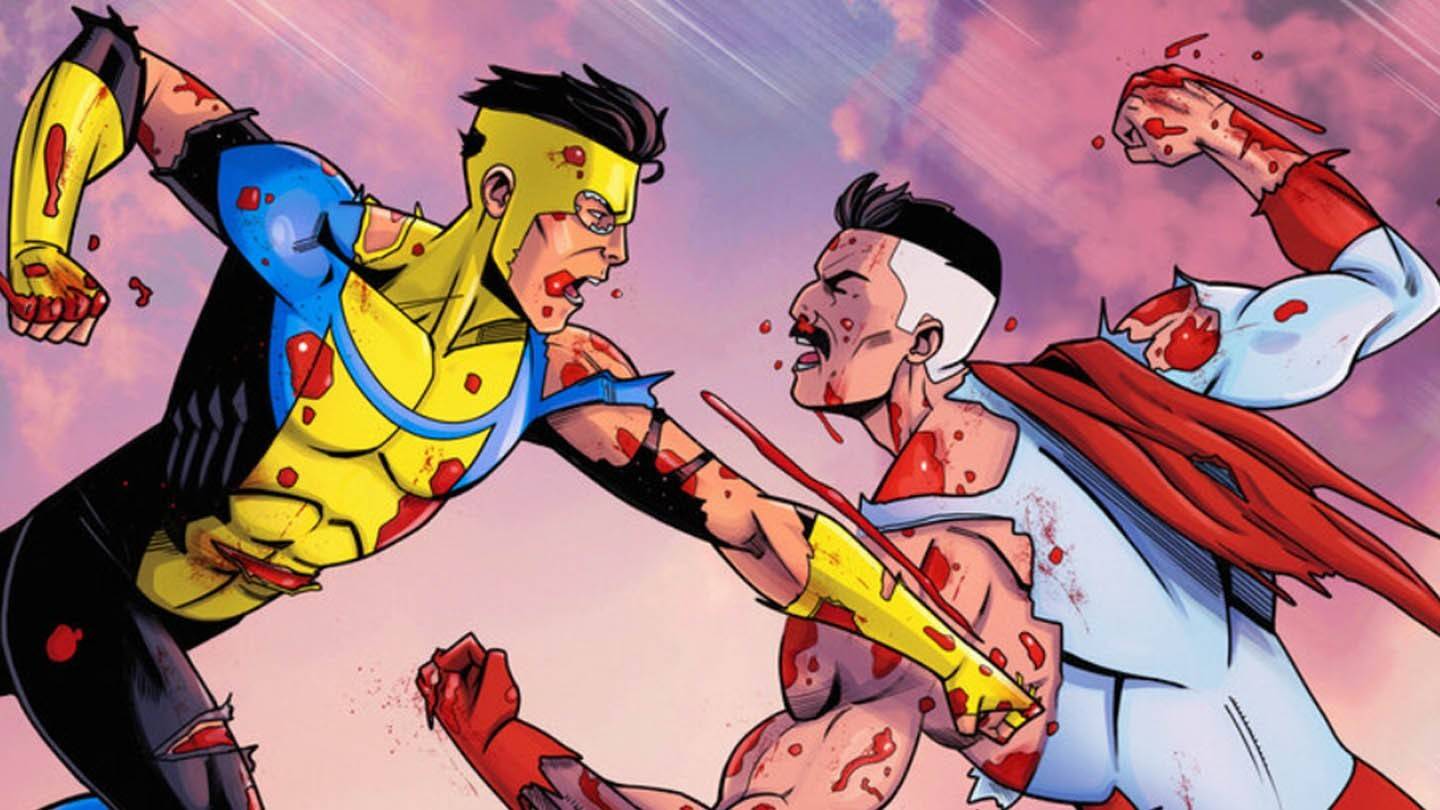 Image: amazon.com
Image: amazon.com
The treatment of antagonists like Conquest and the Shadow Council in the comics is detailed, with deep dives into their motivations and backstories. The animated series streamlines these aspects to maintain pacing, focusing more on dramatic confrontations and spectacle. This simplification can make the story more accessible but may also reduce the complexity of these villains.
For instance, Omni-Man's betrayal in the series is more abrupt and intense than in the comics, where it's foreshadowed over many issues. This change affects the emotional impact of pivotal scenes and alters viewers' perceptions of the villains.
Action Sequences: Enhanced Visuals and Choreography
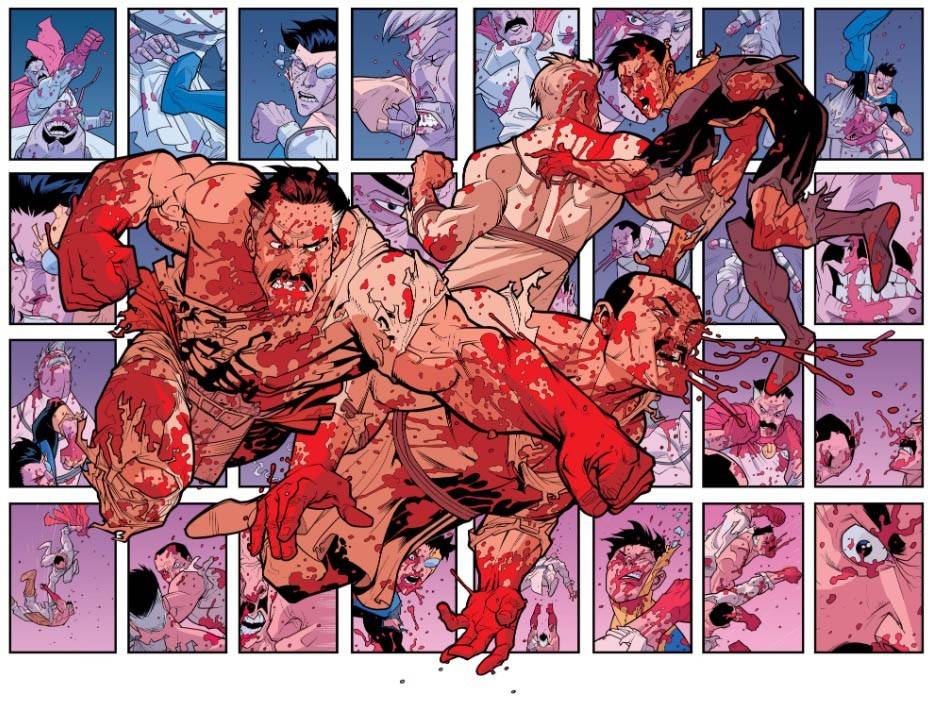 Image: amazon.com
Image: amazon.com
The animated series shines in its action sequences, utilizing animation's strengths to deliver dynamic choreography and stunning special effects. Battles like those against the Viltrumites or with Conquest are visually spectacular, rivaling live-action blockbusters in scale and intensity.
While these enhancements often diverge from the comics' depictions, they generally enhance the viewing experience, though fans might notice deviations in how certain fights unfold.
Thematic Exploration: Emphasis on Morality and Legacy
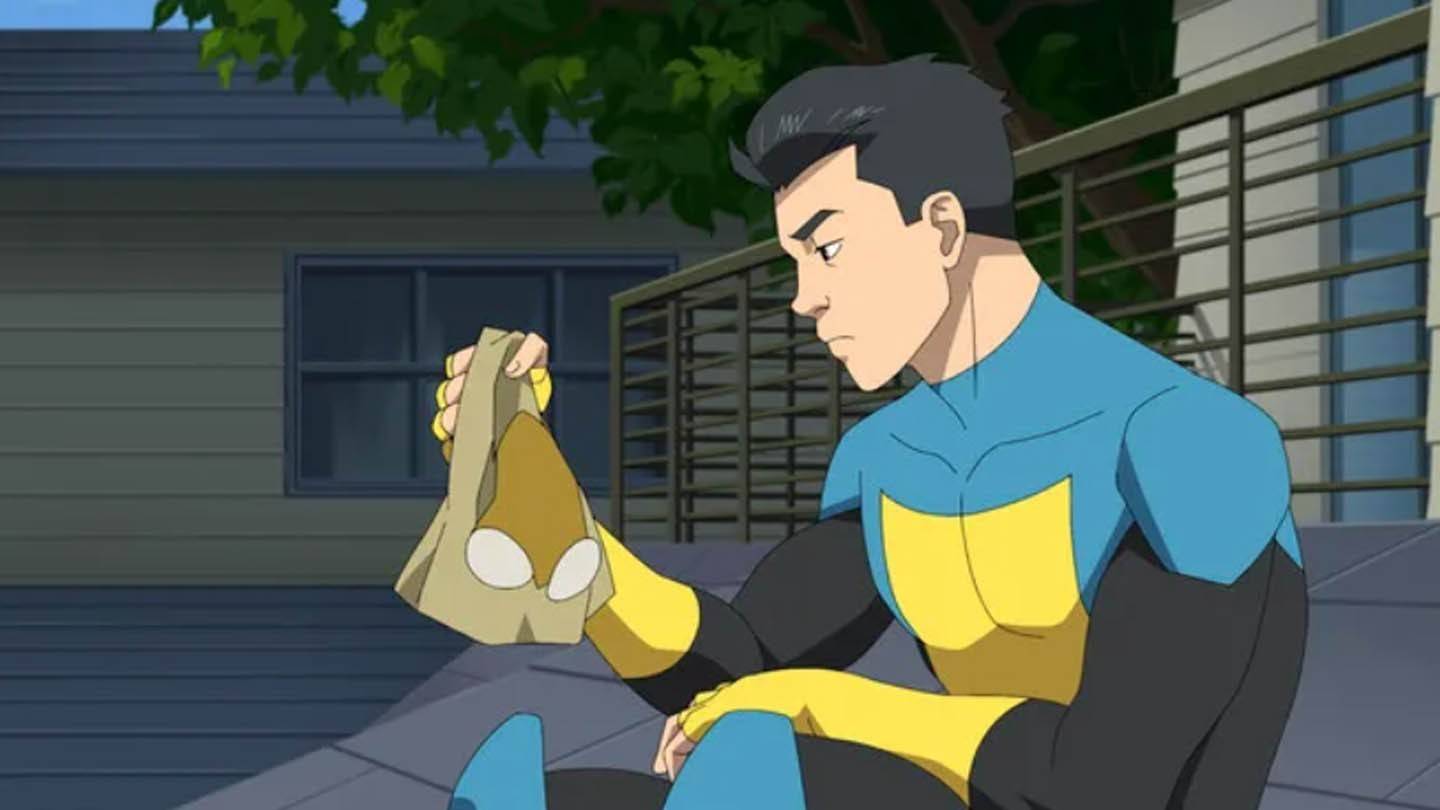 Image: amazon.com
Image: amazon.com
The thematic focus shifts between the comics and the animated series. The TV adaptation emphasizes morality, power, and legacy, aligning with the demands of episodic storytelling. Mark's struggle to reconcile his father's actions with his own sense of justice is a central theme that receives more screen time.
Meanwhile, other themes, such as the philosophical implications of superhuman existence, are somewhat subdued. This creative choice keeps the narrative focused and digestible, even as it tackles complex topics.
Season 3 Critique: Why the Magic Fades
Despite the acclaim of its first two seasons, "Invincible" Season 3 has left many fans feeling disappointed. Here’s a detailed look at where it went wrong, with some spoilers included:
Repetitive Storylines: Treading Familiar Ground
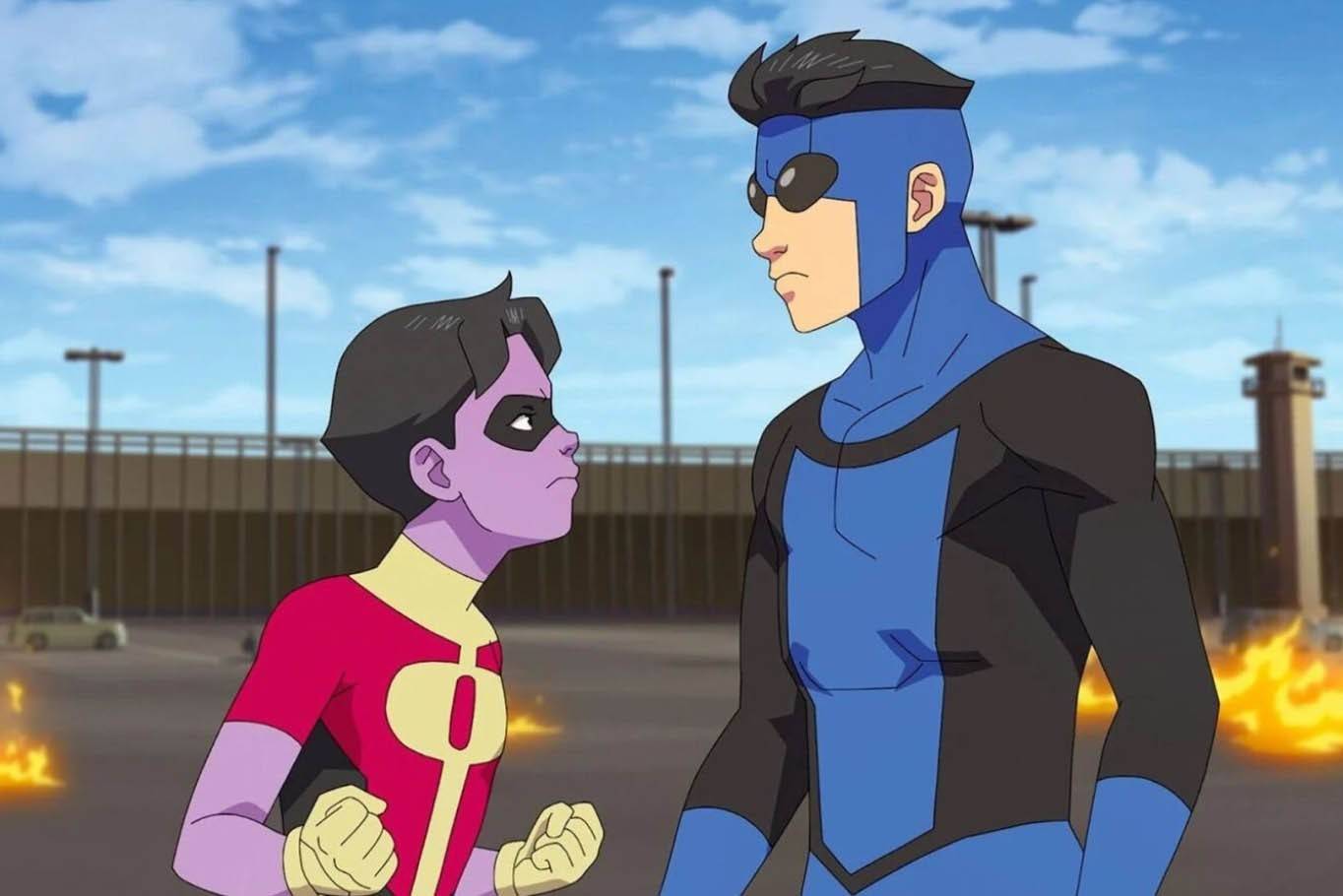 Image: amazon.com
Image: amazon.com
A significant criticism of Season 3 is its reliance on familiar tropes and storylines. Earlier seasons excelled at surprising and subverting expectations, whether through Omni-Man's shocking betrayal or adventures in alternate realities. However, Season 3 revisits these themes without adding much new content. Mark's recurring conflict with his father's legacy, now involving his younger brother, feels redundant after similar arcs were explored previously.
Cecil's Subplot: A Missed Opportunity
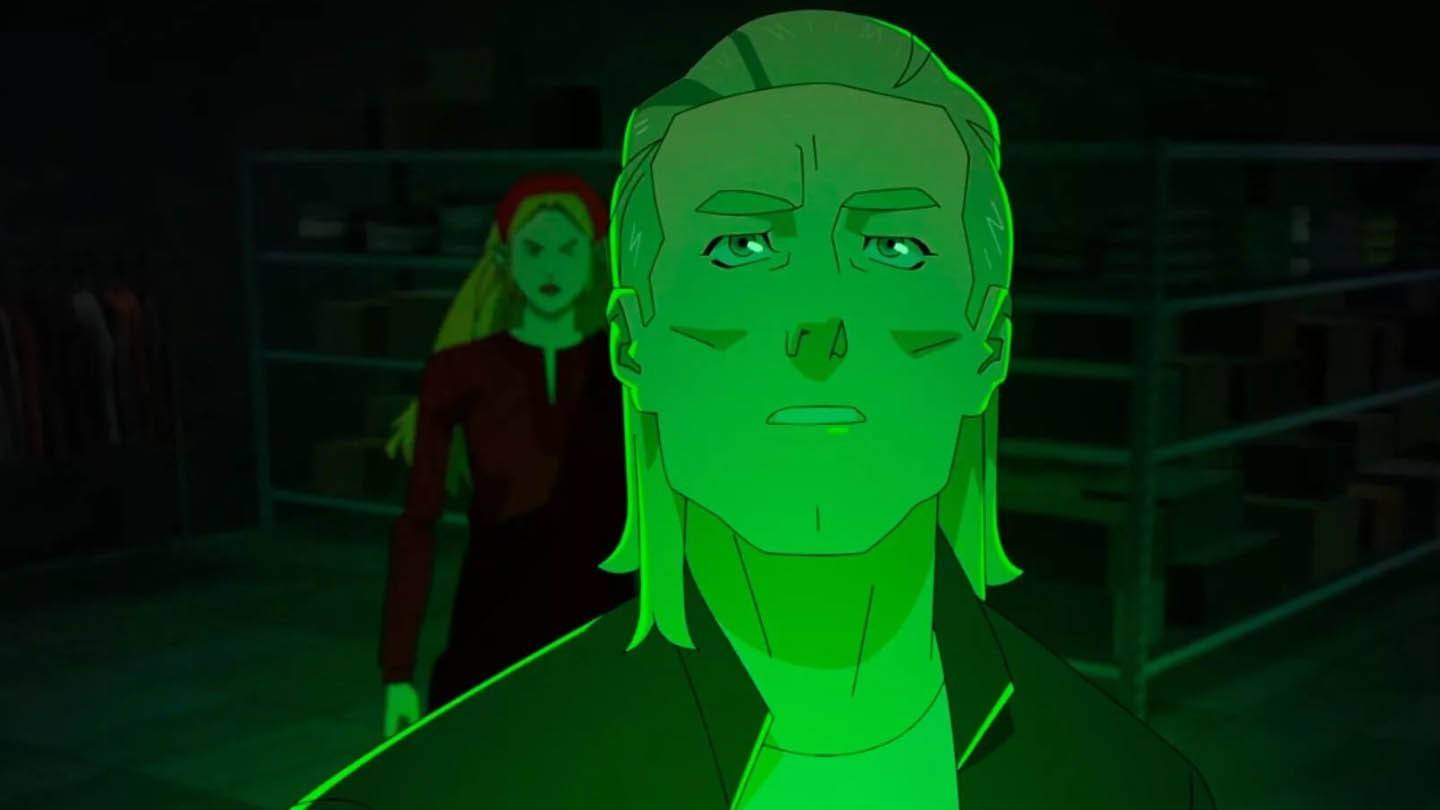 Image: amazon.com
Image: amazon.com
Cecil's subplot, where he reprograms criminals into model citizens, introduces an interesting concept but falls flat due to its overly idealistic portrayal. In a universe steeped in moral ambiguity, this solution seems naive, and Mark's extreme reaction feels out of place. This disconnect dilutes the subplot's emotional impact, leaving it feeling unresolved.
Lackluster Action: Where Did the Spark Go?
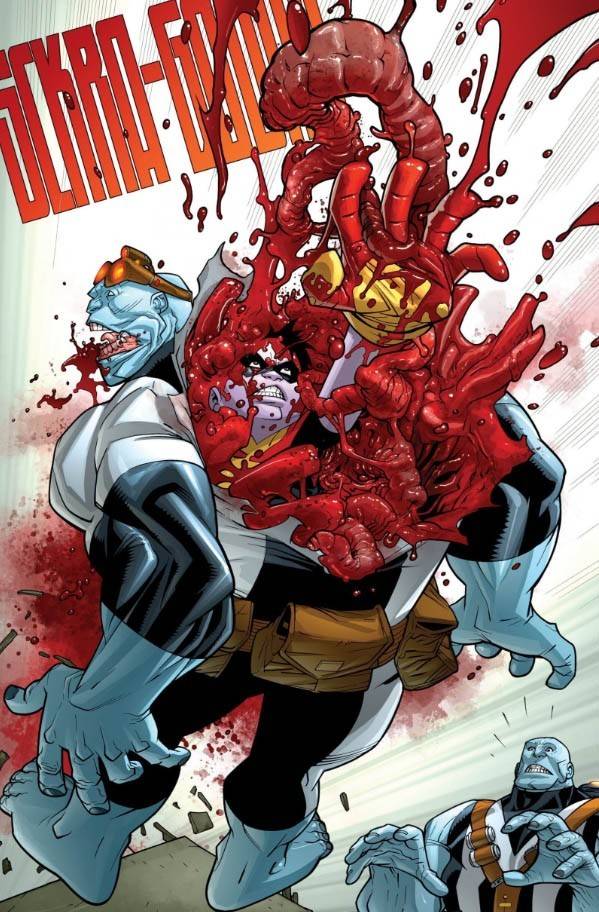 Image: amazon.com
Image: amazon.com
Even the action sequences, a highlight of the series, fail to captivate as they once did. While still violent and intense, these scenes lack the emotional weight and thrill of earlier seasons. The repetitive nature of the action, particularly with setups involving strange robots, diminishes the stakes and leaves viewers feeling indifferent.
Slow Start: Building Momentum Too Late
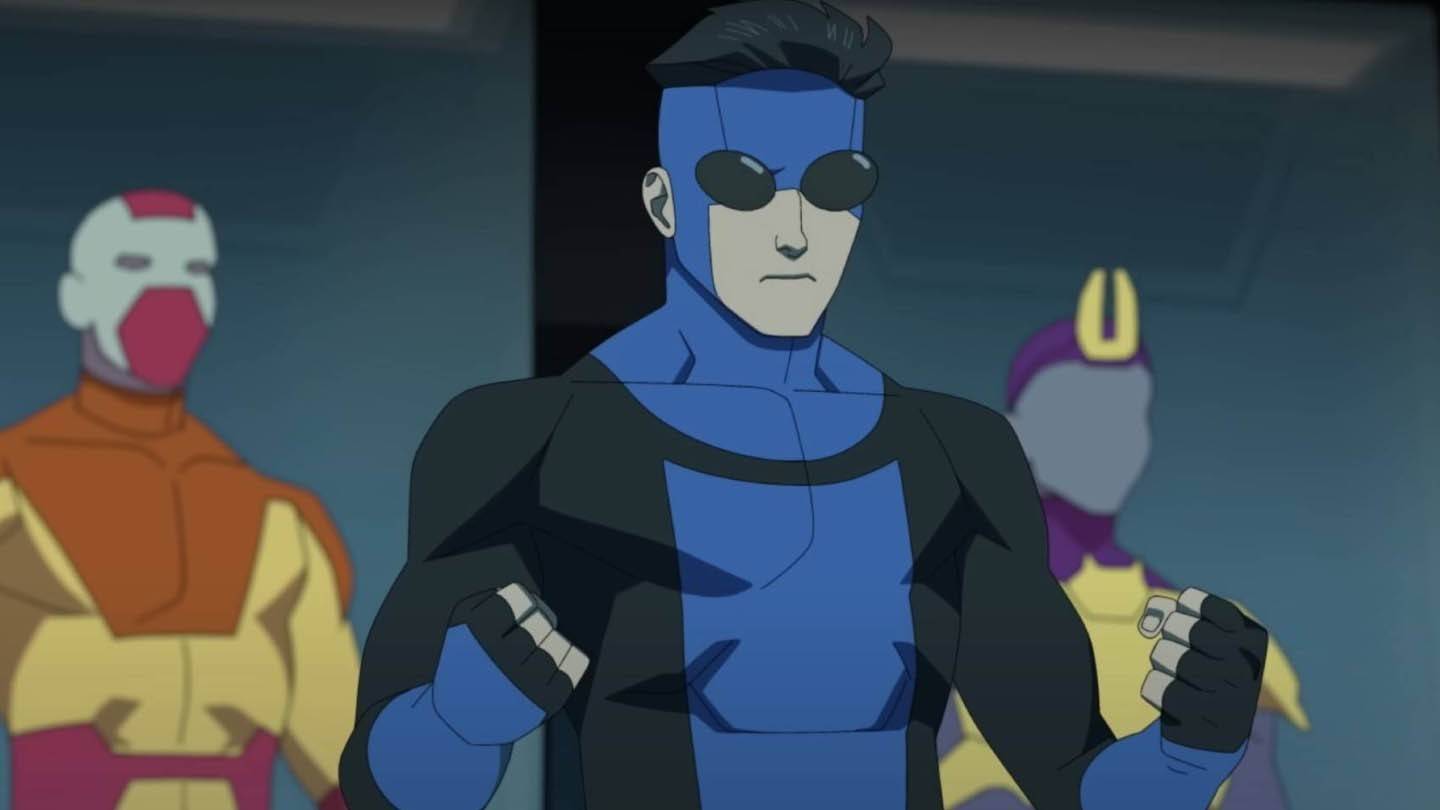 Image: amazon.com
Image: amazon.com
Season 3 suffers from a sluggish start, introducing generic villains and uninspired threats early on. The lack of urgency in the first few episodes contrasts with the series' usual fast-paced openings, leaving fans waiting too long for the story to gain momentum.
Balancing Adaptation and Innovation
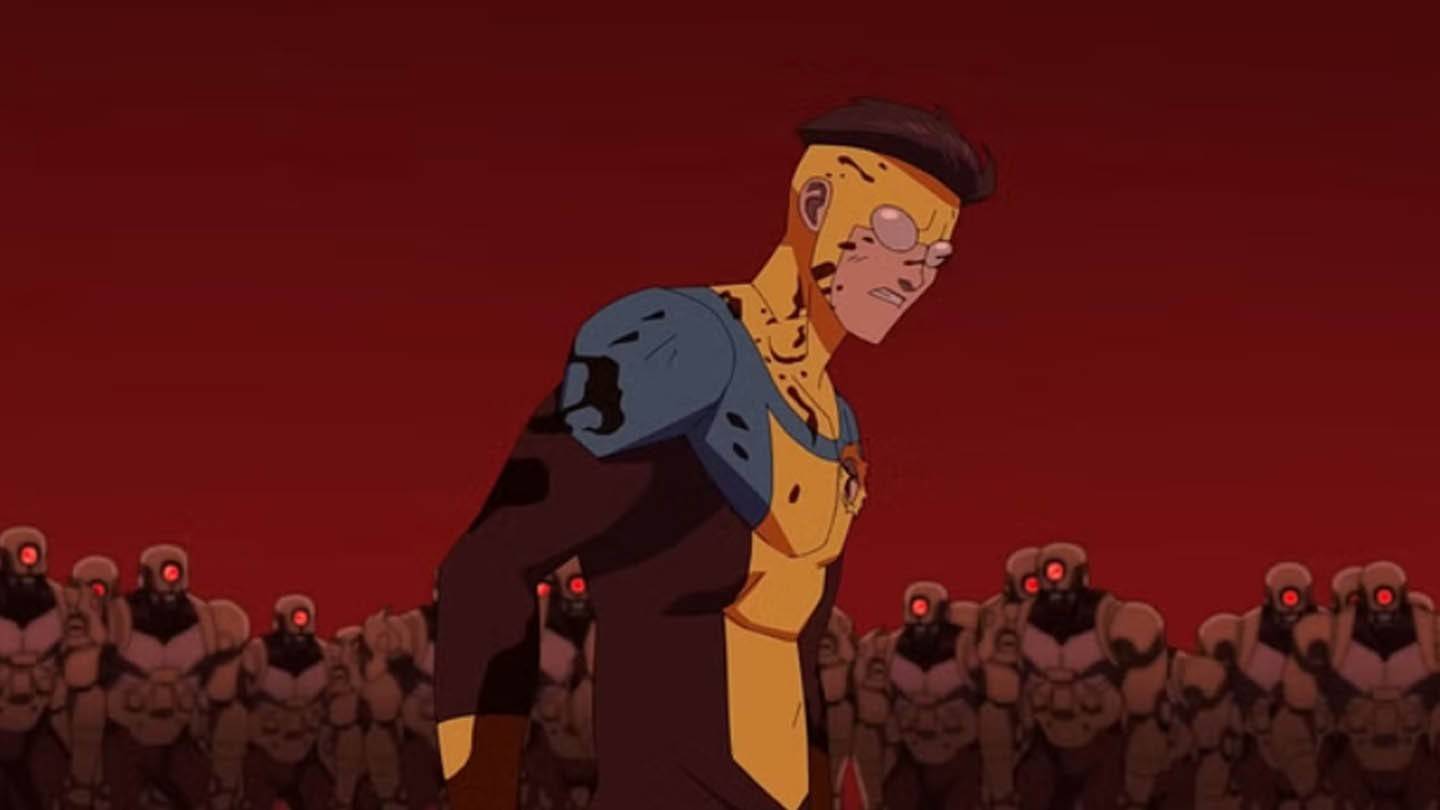 Image: amazon.com
Image: amazon.com
The "Invincible" animated series adeptly captures the essence of Robert Kirkman's comics while making necessary adjustments for television. By compressing timelines, altering character dynamics, and enhancing action sequences, the show crafts a unique experience that resonates with both new viewers and long-time fans.
Yet, as Season 3 illustrates, striking this balance can be challenging. When adaptations lean too heavily on familiar narratives or sacrifice depth for spectacle, they risk losing what made the source material compelling. Moving forward, the series must innovate and surprise to maintain its appeal.
Why Fans Should Still Watch (Read With Caution)
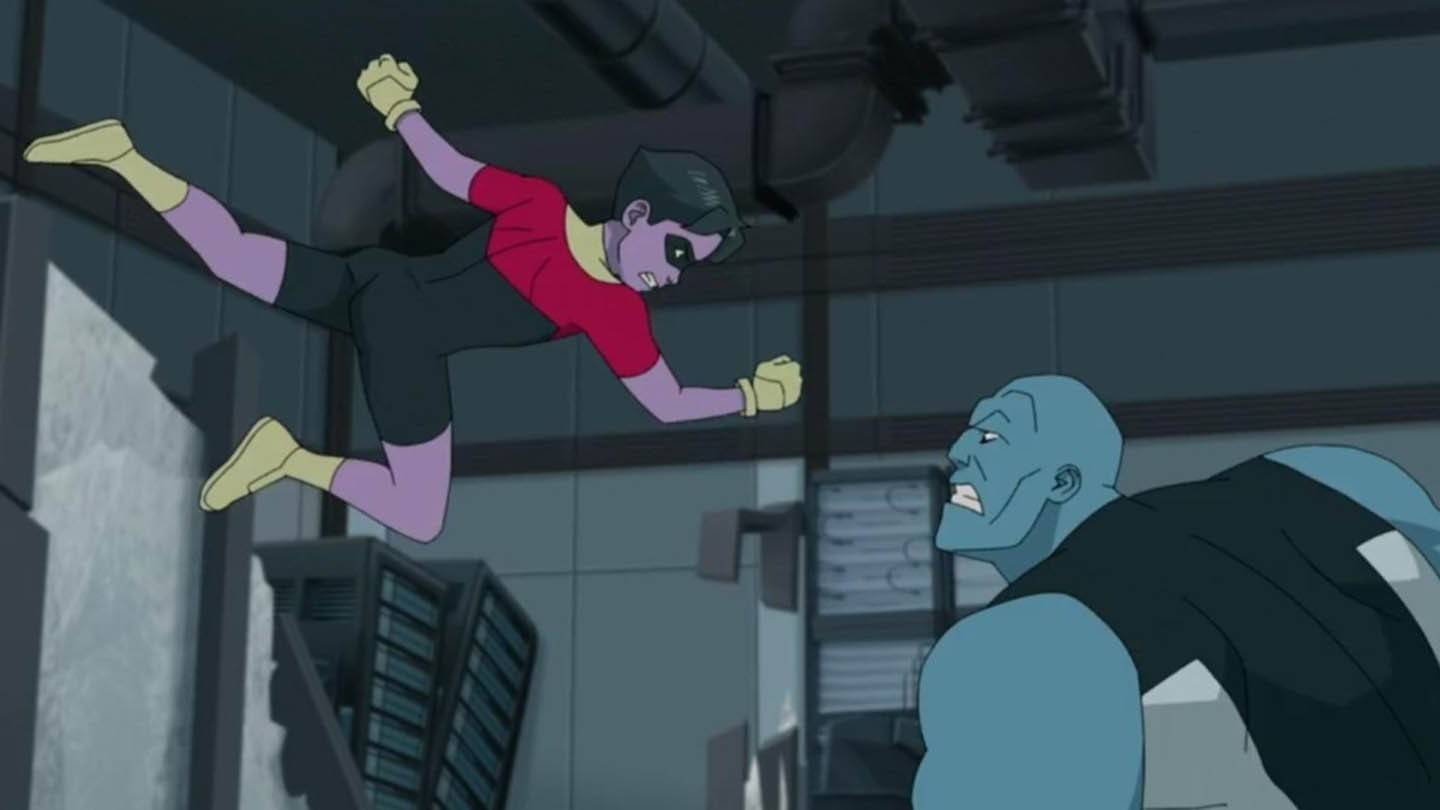 Image: amazon.com
Image: amazon.com
Despite its flaws, "Invincible" remains a visually striking and engaging series. Its ultra-violent action, compelling characters, and thought-provoking themes continue to draw audiences in. For those already invested in the story, there's still plenty to appreciate as the season progresses.
However, fans should temper their expectations; the magic that defined the first two seasons seems less potent here. While the series offers a solid continuation, it falls short of the explosive excitement that once set it apart. Hope remains that future episodes will reignite the spark that made "Invincible" a standout in modern animation.

